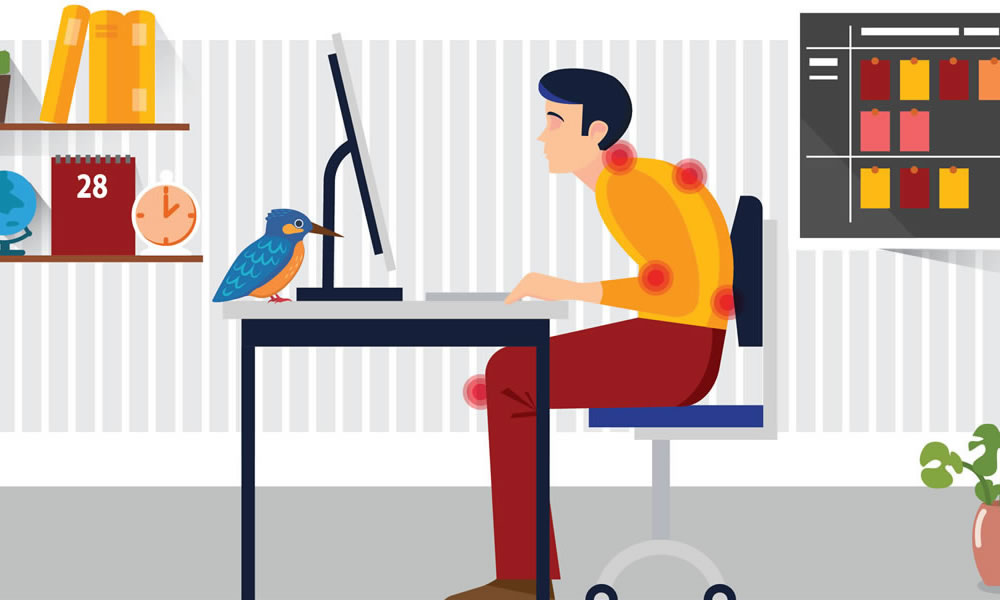It’s around this time of year that many Americans start planning their vacations, and if that’s you then it’s time to think about how you’ll get the best out of every second you’re away.
Time Counts
You’ll want to make the most out of your vacation time, but it’s the little things that we do every day that waste a vast amount of time, time that could be spent relaxing!
Here are five time-saving tips for traveling with kids that will help you to claw back those precious minutes each day.
Book Times In Advance
Nothing says ‘organized family’ like having booked time slots for all kinds of things! Be that your JFK Express airport parking, your fast-lane check-in tickets, even booking in for lunch the other side of security, getting booked-in in advance is absolutely vital when you have kids in tow.
Booking a time slot for as much time as you need allows you to create a useful itinerary, and this means you won’t get sidetracked by other things too!
Pack Individual Outfits Together
Does your child take forever to choose what clothes they’re going to wear in the morning? Does she want to wear those yellow wellies everywhere, even places they won’t be appropriate?
If you answered yes, then you need to get into packing outfits. Depending on the size of your child, you may be able to use Ziploc bags for each day, or at least use packing cubes in their suitcase, this will help keep things together and speed things up in the morning!
Use Time Countdowns
Giving a child some independence is really important for their growth and development, but sometimes children are not that great at being time-conscious. This is especially true for children who suffer from neurodevelopmental disorders such as ADHD.
To combat this, get into giving your child regular time checks, “five minutes until we have to leave”, “we’ll be leaving in 2 minutes”, “ok you have 30 seconds to get your things together”. These kinds of prompts are gentle but effective in helping your child manage time.
Pack Snacks
Any parent who has a child that suffers from ‘hangriness’ will understand the need to pack snacks!
Snacks will keep the grumps at bay for a bit longer, but if you don’t pack them in advance you could be wasting time trying to find a store that sells something appropriate.
Ziplock bags or lunch boxes are a great idea whether you’re flying or taking a road trip, and they will really help with organization.
Pack Baby Supplies Together
Babies come with a lot of stuff! Changing areas, diapers, wipes, creams, blankets, hats, mittens… the list seems to be endless, and this can cause new parents a lot of stress when travel is required.
Get a really good diaper bag with multiple pockets and make sure you keep the things you use most often at hand in clearly marked areas. While this may seem over the top, you’ll be thankful you know exactly where everything is without wasting time!



